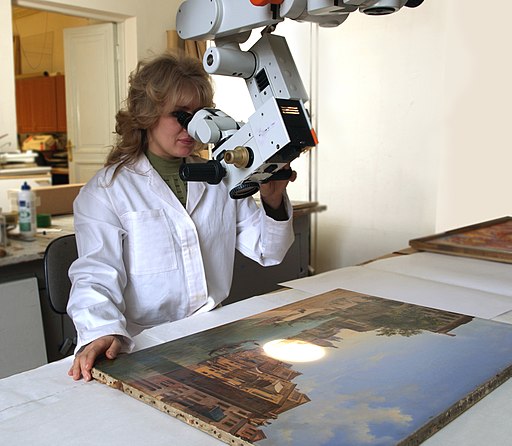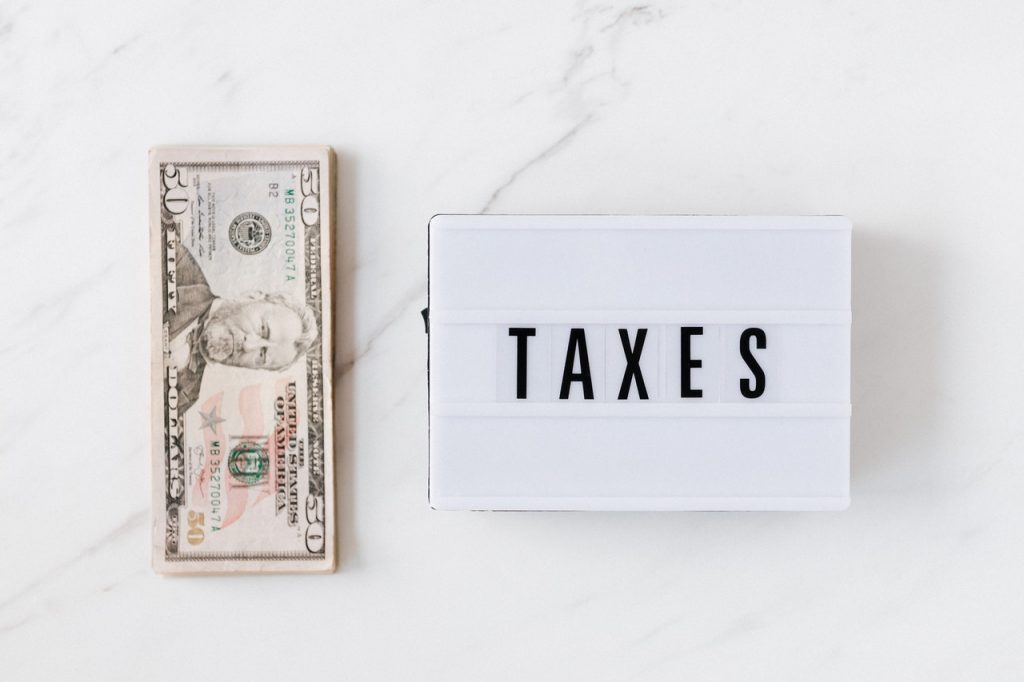Collect art is another art form. Here the balance between aesthetic appreciation and market investment should meet. Therefore, this equilibrium point is not that easy to find.
In order to collect art properly, factors as budget, expenses, market change, hidden costs, and education should always be taken in attention.
Collect Art doesn’t need to be a nightmare, but if you aren’t well informed about it, you will probably have more headaches than pleasure. We prepared for you a essencial guide with all that you need to know about how to collect art, even if you know nothing about it.
Fundamentals of how to collect art
Choose your style
Fashion and Art have actually many things in common. I’m sure that you have your own fashion style, something that characterises you, right? Well, the same applies to art. If you are getting interested in this field do your research and decide which style and art movement you prefer. From abstract expressionism to minimalism or from old masters to contemporary art , there are endless styles, periods and movements out there. Consistency is the key. Take my advice and pick one style and movement for start. It will help you to focus, save time in your research and achieve a better and more consistent portfolio.
Research, research, research
Do you go to galleries openings or artist’s studio visits? Do you know the new emerging artists in the market or even the “old” reputed ones? Well, the art industry is a business like any other, do your research and get out there. In any case, get an art advisor if you are serious about art investment. It will save you time and money in the long term. Without a deep understanding of how to value art, it is very difficult to make a profit.
Calculate your budget
What is your budget? That’s actually one of the main points that you might have in consideration before purchase an art piece. If you have a big budget, the best advice would be to purchase an artist who is already established and represented by a known gallery. If your budget is low to medium, connect with local galleries and artists and pick a few to invest in the long term. Trust me, with your help one of them can increase her/his reputation in ways never expected, and give you a better return in the long run.
Educate yourself
According to the Swiss bank UBS, passion is the main driver behind art investment rather than profit. don’t underestimate the knowledge and experience needed to successfully buy and sell art for profit. Educate yourself consistently in order to develop your taste and knowledge. Try online courses in the field from Coursera, Udemy, Sotheby’s or Christie’s. They are as good as more conventional ones with a bonus that you can manage your time in order to study.
The hidden costs
Framing, Storage, shipping, insurance and auction premiums can quickly turn an investment into a billing nightmare. You can avoid some by purchasing pieces from local artists. Also invest in developing relationships with galleries in your area that have a better network and business relationships.
Shipping
Transporting a work to a destination for exhibition or sale requires professional crating, shipping and additional insurance costs that can add up to over $1000 easily.
In addition, collectors should be sure to review the insurance coverage for transport, as some shipping companies will only provide a small amount of coverage relative to the valuation of the artwork.
Framing
Framing is one of the most important steps during the whole process. The frame you choose for an artwork can have an insane impact. They complement the art piece style and period, so be careful about what you choose. You must have in mind that an art piece must be well protected and cared for. There is no point in buying art as an investment if you then risk it getting damaged while on display.
Auctions – Buyer Premiums
If you are new in the art world, you probably aren’t aware of the buyer premiums charged by auction houses. The buyer’s premium is usually a percentage of the hammer price that can go from 10 to 30 %. So, if you are buying from an auction house, after buyer premium, tax and perhaps shipping, you already have an extra 50% of the final value of the artwork to spend on extras. My advice, be careful with auction houses for start.
Insurance
An art collection should be insured. Theft, fire, flood can happen and the physical well-being of an art collection. A homeowner’s policy that covers fine art may be a good start, but as a collection grows and important pieces are added, an insurance policy that specializes in fine art may be worth an inquiry to a broker. Just like specialized fine art insurance policies, there are brokers that work only with fine art and other important collectibles. In addition to property insurance, collectors may also want to consider purchasing title insurance to ensure they have clear legal titles to their collection, much like a real estate title policy.
Conservation
Taking care of the art will ensure that it is in the best condition that a collector can provide when one day preparing to sell, gift or donate it.
Collectors can work with a private conservation center to have objects cleaned or repaired. This may require an initial consultation fee and an hourly fee of $85-$250 which may include travel time, inspection, photography, research and preparing written reports. Some companies have a minimum charge as well. A scientific analysis may also be included in conservation efforts, which include various forms of imaging techniques including ultra-violet fluorescence, infrared reflectography and transmitted infrared.
TAX
VAT, selling tax, use tax, resale tax, income tax, capital gain tax, you name it. there are endless taxes out there to everything. if you are starting right now be aware that art is no exception to tax. You will have to prepare yourself to it. My advice, if you want to take art collect seriously get a good art advisor that can help you with this.
Art Advisor
Many people think that they know what they like. Therefore, no one truly know what they like until they learn what is out there. Art collectors actually need curators once they only enrich the experience of collecting art but also enhances the experience of understanding the object, its context, and the story of the artist. In the end, the best art advisors are also teachers to their clients that can help to avoid COSTLY mistakes.
The costs can be considerable. According to the Association of Professional Art Advisors, advisors typically charge a commission of 20% for art works under $100,000 that you purchase under their guidance; that commission might go as low as 5% for works over $1 million. Of course, the more often you return to an advisor, the more bargaining power you’ll have. Those who want advice only should expect to pay 100 to 250 euros per hour.
Be aware of the changing attitudes
More than ever online shopping is booming, and the art business is no different. There are countless apps and websites out there where you can do a great online purchase. Auction houses as Sotheby’s, Christies and Philips strongly invested in online sales. Sometimes the best deals are where we less expect. Also have a look at Aucart app, they have an amazing portfolio of new emerging artists in the UK and US.
Don’t get overexcited about auction results
Art investment isn’t all numbers and projections. It’s important to track an artist’s market beyond a few high prices. Just because a certain artwork was sold for an “insane” number doesn’t mean that will happen soon or even again. Remember the Untitled art piece of Basquiat sold at Sotheby’s auction in 2017 for 85M$? Well, that was a one-off price, it didn’t happen again after.
Network
I’m sure that you want to get the best deals out there but for that, you will need to spend a lot of the time connecting with people in the industry. Visit museums, art fairs, galleries and auctions, not to buy but to educate yourself, look and understand which pieces you like in order to define a strategy. Strategy and network are the key.
Not all art is an investment
Have this in mind, not all your purchases will give you the same return. Don’t misunderstand the market. You really should diversify your portfolio by period, artist, medium region etc., in the long run, will help you to mitigate risk.
Whether you’re looking to enter the contemporary art investment market, or you already have a growing collection, send us a message. We are here to help and guide you to achieve the best returns in the market.
Conclusion
- Art Collecting is time consuming and requires a full commitment.
- Not all art is for investment
- Network in this business is one of the most important factors
- There are endless hidden costs
- If you have a medium to high amount of money to collect get professionals to help you
- If you are starting, be careful with auction houses





